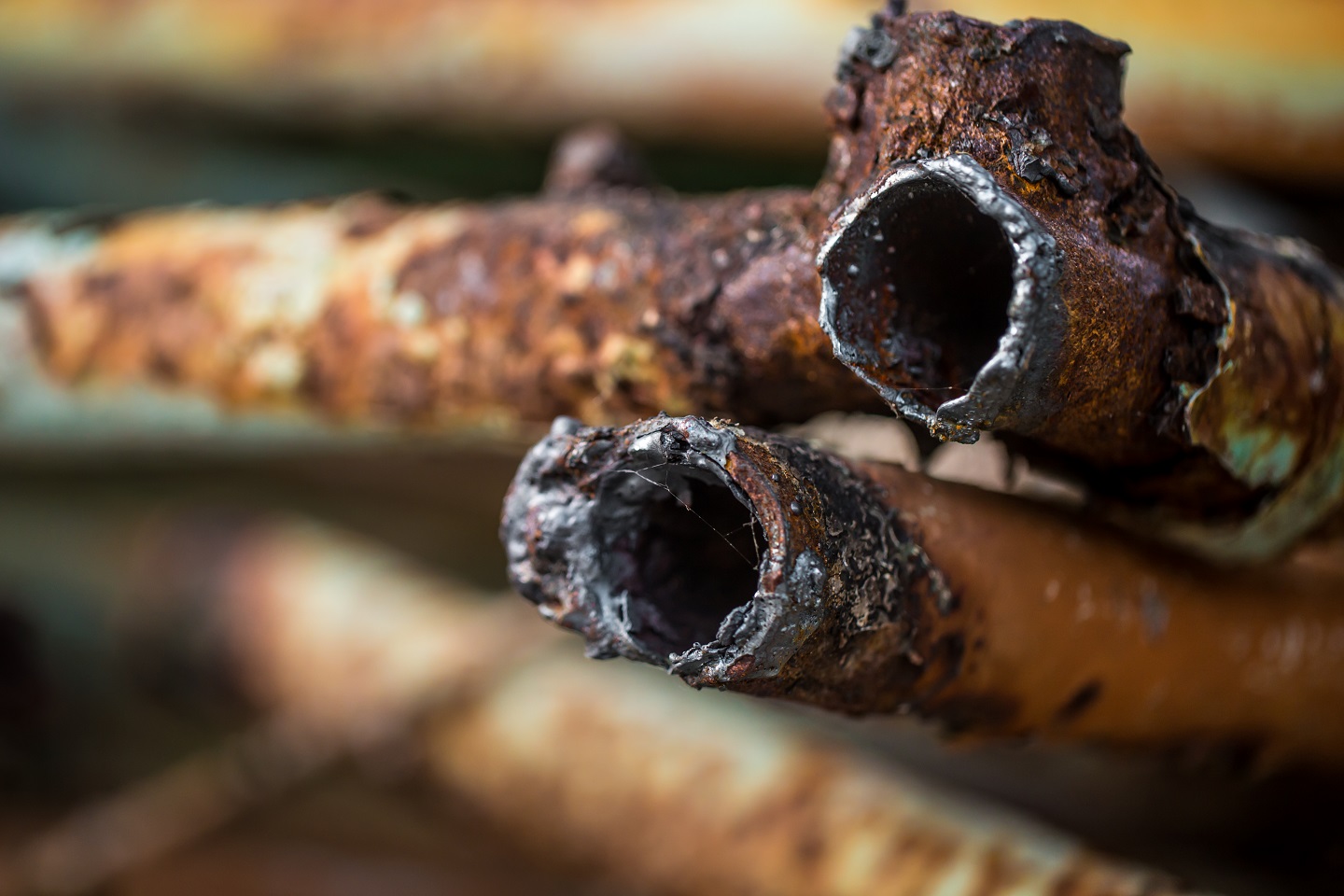
When incorrect fasteners are used or proper fasteners are mishandled, fastener failure can occur. Corrosion of fasteners is one of the most common issues leading to fastener failure. Now let's discuss what corrosion is, the types of corrosion, and how to avoid corrosion issues in projects.
Modes of Fastener Corrosion:
Corrosion is the destructive alteration of metal caused by chemical or electrochemical reactions in its environment. Various factors contribute to fastener failure due to corrosion, including:
- Loss of mechanical integrity: Corroded areas lack mechanical strength.
- Fatigue: Corrosion sites lead to cracking in the fasteners.
- Loss of surrounding clamping materials: Materials clamped by fasteners get corroded around the fastener head.
- Stress corrosion: Exposure to harsh environments results in embrittlement.
Types of Fastener Corrosion:
Fastener corrosion primarily falls into two major categories: direct chemical attack and electrochemical corrosion.
A Direct chemical attack:
occurs when the fastener material is soluble in its environment. This often happens in severe environments such as the petroleum and gas industries. To prevent this, ensure the selection of a fastener material that is not affected by the solvent or opt for appropriate coatings to withstand solvent impact.
Electrochemical corrosion
encompasses many types of corrosion and involves the flow of small electrical currents within the fasteners. This process is caused by the contact of two dissimilar metals or the presence of atmospheric oxygen in an electrolyte. Here are several types of electrochemical corrosion you may encounter:
- Galvanic corrosion: Occurs when two dissimilar metals come into contact, leading to pitting or erosion damage.
- Stress corrosion cracking: Arises when components under tensile stress are exposed to a corrosive environment. Fasteners subjected to excessive tension are more prone to failure. Stress corrosion cracking occurs faster than other types of corrosion.
- Crevice corrosion: Occurs within cracks in fasteners that are not properly ventilated. It happens wherever dirt or moisture accumulates. This is one of the more hazardous types of corrosion, as it is often discovered after the damage has occurred.
- Uniform corrosion: Caused by improper coatings on fasteners, resulting in rust that makes fasteners difficult to replace.
- Pitting corrosion: Forms tiny holes on fasteners.
Preventing Fastener Corrosion:
The best way to avoid corrosion is to ensure the use of appropriate materials and coatings in your project. You should also ensure that fasteners are stored and installed correctly on-site. If you have any doubts, always consult with the project engineer and follow the relevant project standards.